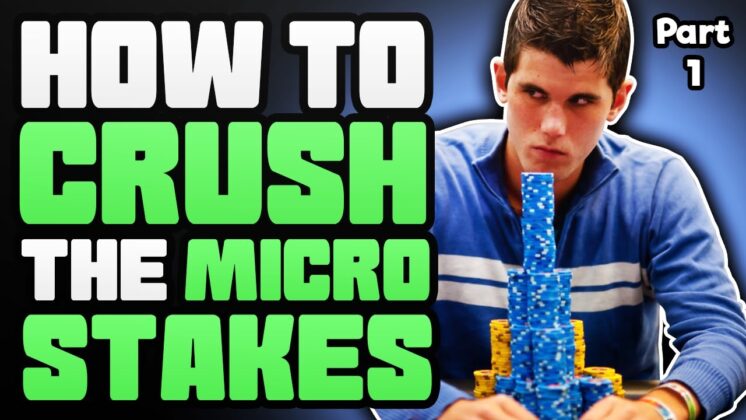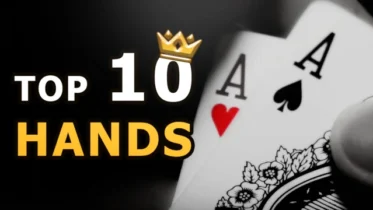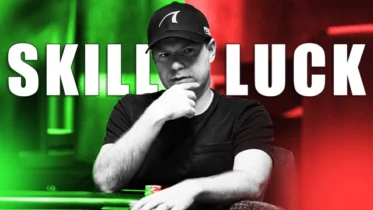Poker players reading this article are likely quite familiar with micro stakes tournaments and probably play them quite often online. Micro stakes are a great way for aspiring players to gain experience and potentially earn some great return on investment with the large fields yet low risk.
While there is a ton of upside to grinding the micro stakes, they can be frustrating at times as despite the fact they feel beatable, players feel like they are not beating them enough even with hours invested into poker study.
For the past ten years, I have spent thousands of hours conducting private coaching sessions with aspiring poker players, often focusing on beating the micro stakes as those are the games my students play. If a player is willing to put in the time and effort into studying, they can easily learn how to exploit the online micro stakes population and grow their bankroll.
In the first part of this four-part series, I will be discussing how to exploit players in micro stakes online poker tournaments. I believe the best way to improve as a poker player is through practice and application, as you read this article, put yourself in the scenarios I provide and consider how you would play each spot.
Micro Stakes Strategy: Be Selective With Your Hands Preflop
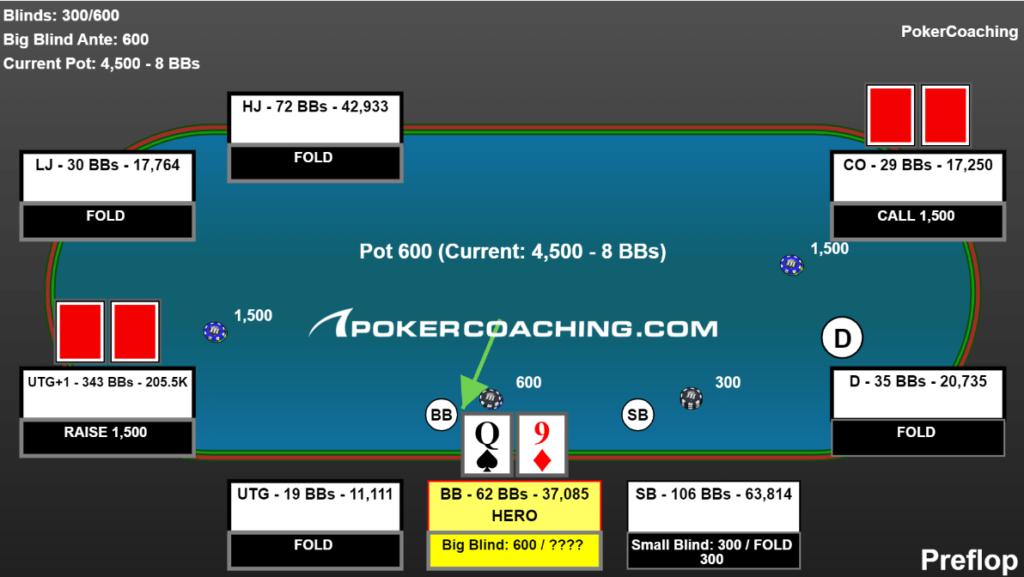
You have just been moved to a new table, and do not know anything about any of your opponents. Following an early position raise and a call from the cutoff, you have a decision to make with Q♠-9♦ in the big blind.
The vast majority of the online micro stakes population calls in this spot, thinking they are incentivized to call by being the big blind. Despite already contributing to the pot, it is in a player’s best interest to fold rather than call.
When analyzing a poker hand, you should think about not just playing this hand once, but playing it out a thousand times. While you may win some hands when you are provided a favorable flop, how many times out of a thousand will that occur?
With Q♠-9♦ following an early position raise and middle position call, you lose less chips in the long run folding from the big blind than you win by calling. Even though it’s not fun giving up the big blind, it beats losing two big blinds when you stubbornly call with weak hands.
Think about it: how often are you going to win with Q♠-9♦ playing out of position multi-way? Making sound folds preflop prevents costly hands and eliminates leaks in online poker tournaments.
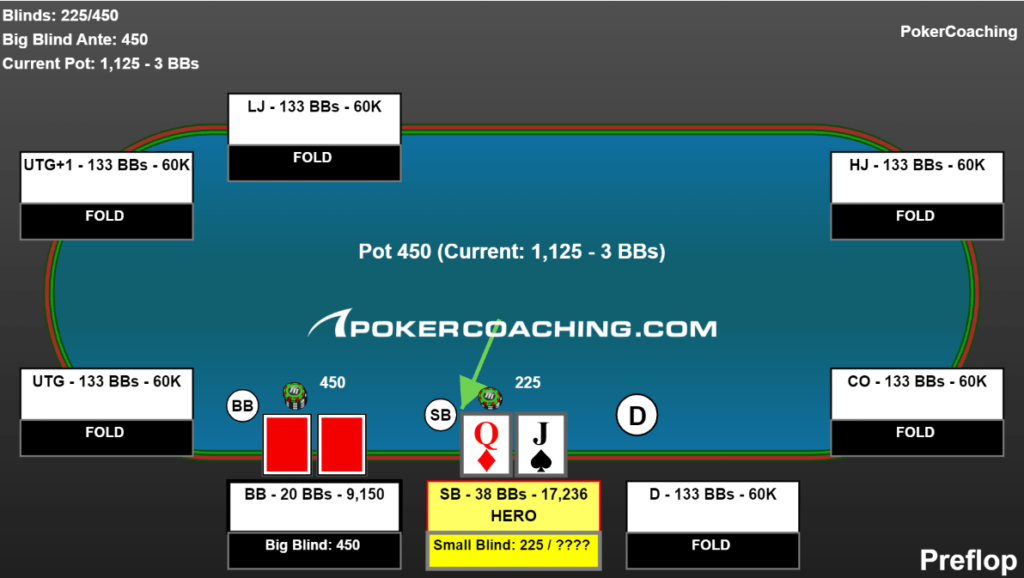
Following a min-raise from the short stack under-the-gun (UTG), it folds around to you in the small blind holding K♦-10♠. What play do you usually make in this spot?
Much like the previous Q♠-9♦ hand, while the majority of the micro stakes population makes the call with K♦-10♠, they are far better off folding. Despite the fact you are “being offered a discounted price” from the small blind, you lose more chips calling in this spot than you win in the long run. In order to profitably call, you have to outperform the losses you take by folding.
Playing 100 identical hands, folding results in losing 50 big blinds total. While it is no fun losing 50 big blinds, do you think you can win more than that playing K♦-10♠ out of position against a UTG raiser, especially one willing to raise in early position with a short stack? The answer is simply no.
Additionally, you still have the big blind to worry about. Since they are also playing with a short stack, if you call they are being offered great odds to make a profitable shove with the right hand. Avoid lighting your money on fire and fold unprofitable hands.
Micro Stakes Strategy: Limp-Jamming From The Small Blind
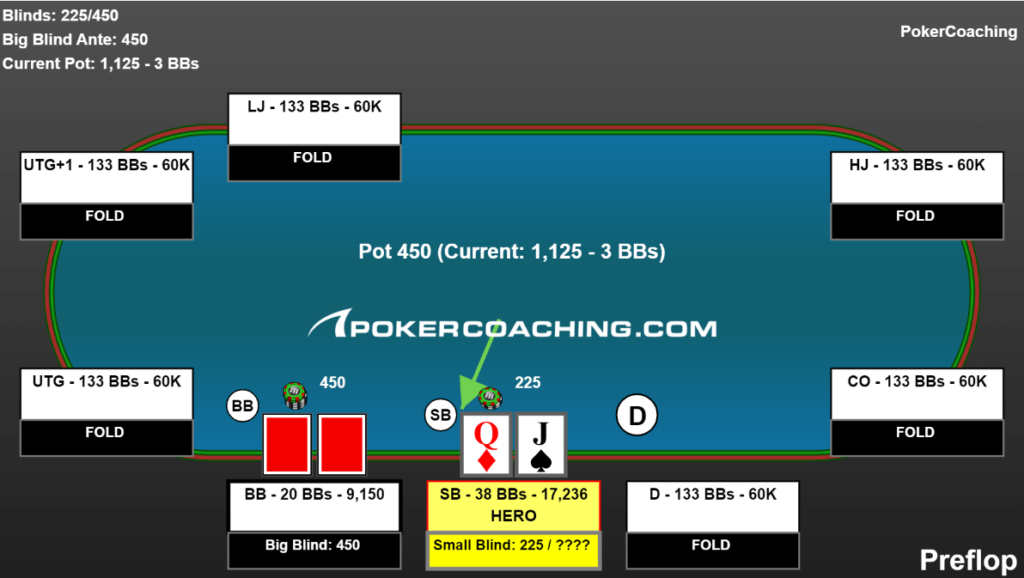
It folds around to you in the small blind and you are holding Q♦-J♠. With the big blind only having a 20 big blind stack, what do you usually do in this spot?
When making your decision, it is important to acknowledge the stack size of your opponent. 20 big blinds effective, your opponent may be willing to move all-in if they can put you in a tough spot preflop.
When a tournament buy-in is only a couple dollars, players are more willing to make plays that put their chips at risk. If you raised and were met with a three-bet all-in, how comfortable are you calling off with Q♦-J♠ for 20 big blinds? Likely not very.
Instead of raising, what if you limped into the pot, and were then raised by the big blind? Although an aggressive play, if you were to then rip it in and apply pressure to the shorter stack, that would be a much better play than trying to play Q♦-J♠ out of position postflop.
You may not have these aggressive moves in your game, but implementing them allows you to exploit loose micro stakes players when they try to raise you from the blinds with garbage hands. Although you should be wary of making this play in higher stakes tournaments, at the micro stakes level it is an effective play that can reward you with nice pots.
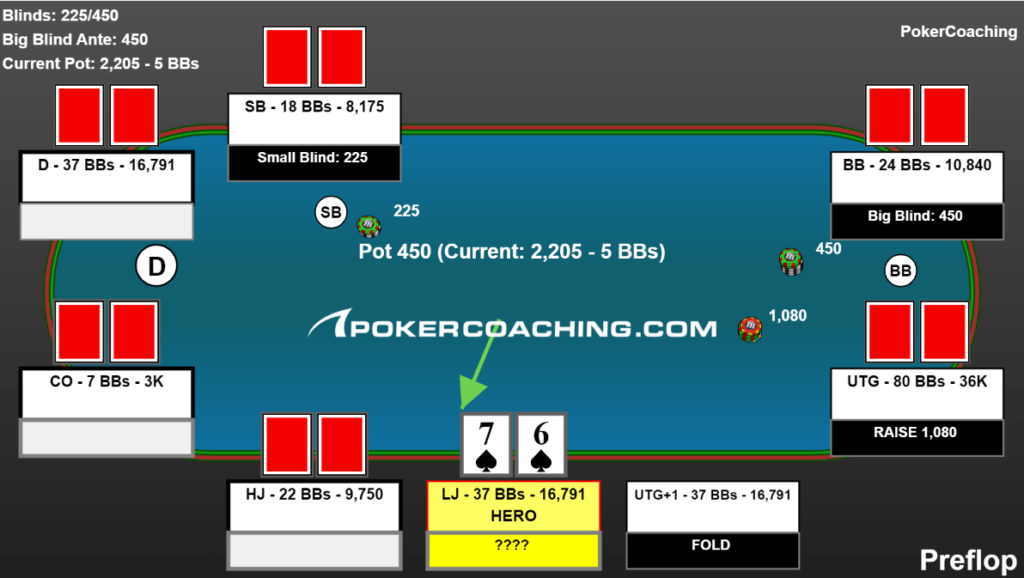
Following an UTG raise, you virtually look down at 7♠-6♠ in middle position.
While 7♠-6♠ is a pretty hand, note the small stacks that have yet to act. With numerous opponents that can shove profitably preflop, you are better off folding these suited connectors as they are not strong enough to call off with. Even if everyone folds behind you, you still have to compete with the big stack who raised UTG.
Playing a good exploitative strategy means making exploitative folds, take all of the factors at the table into account and recognize when a play is not profitable.
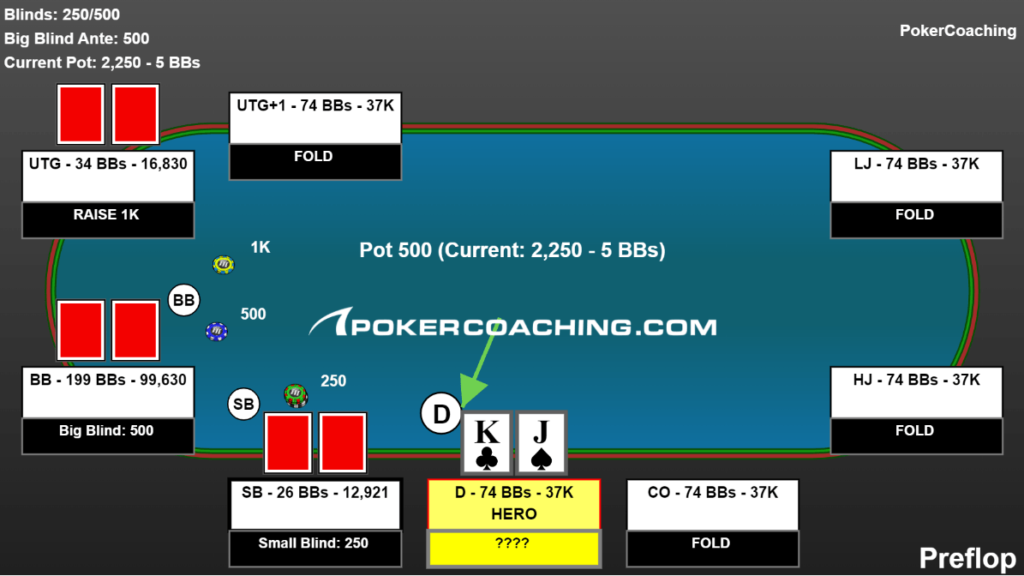
Following an UTG open from an active player, it folds around to you on the button holding K♣-J♠. What play would you make?
At the micro stakes, a lot of players feel the need to call opponents who have played a lot of hands, especially from the button. Players will see opponents play a lot of hands in a small amount of time and label them a “maniac”, attempting to exploit their perceived loose play when they have decent cards from the button. Even though the UTG opponent in this hand may be a maniac, they could also just be getting dealt a series of good cards.
Maniac or not, your opponent is still willing to raise UTG with a short stack, while you may have two big cards on the button, you are much better off folding K♣-J♠.
Micro Stakes Strategy: Playing A Premium Pair Short Stacked
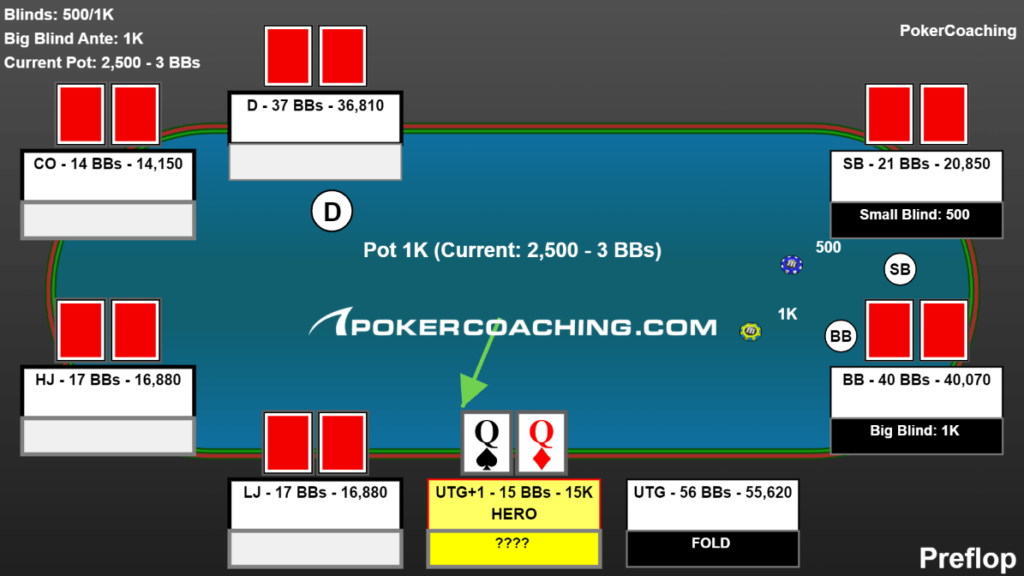
While it is safe to assume you will be raising with pocket queens in early position, with playing short stacked 15 big blinds effective how much do you raise? Do you min-raise, or push all of your virtual chips into the middle?
A piece of advice: when you are playing micro stakes, don’t get cute!
A lot of online micro stakes players are recreationals looking to blow off some steam and gamble. If a player is there to gamble, even if you shove preflop from early position they may very well still call you with a worse hand! When you are short-stacked and have a good hand in a micro stakes tournament, it is better to go for full value and simply put it all-in preflop.
As you move up to higher stakes tournaments it is worth adjusting your strategy when short stacked with a premium hand, but when playing micro stakes, shove to exploit opponents who are there to gamble.
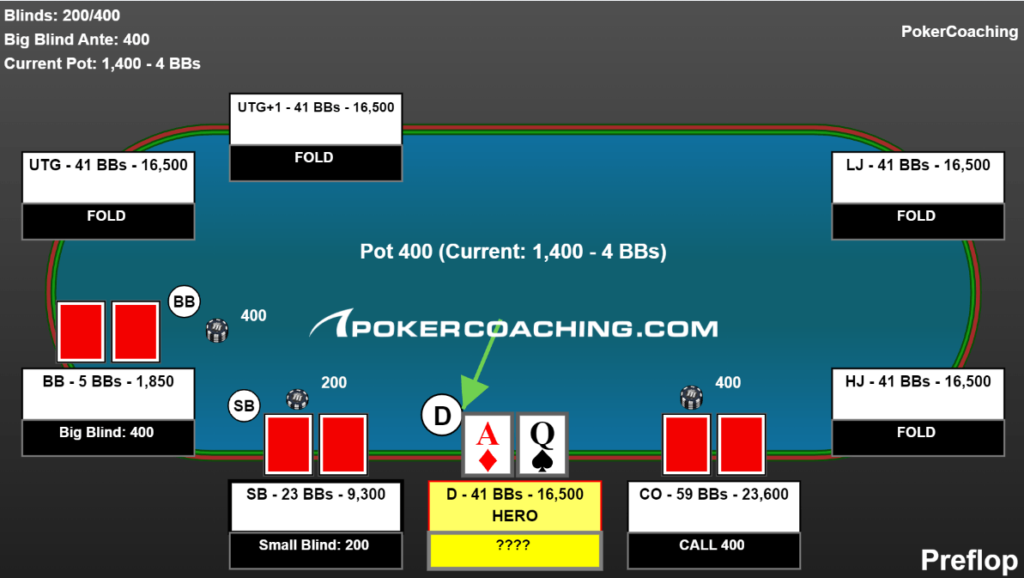
In this hand, you have A♦-Q♠ on the button. Following a limp from the cutoff, what would you do in this spot?
Despite the fact they likely have the best hand, a lot of online micro stakes players will also limp into the pot, a play that ignores the fundamentals. With a strong hand on the button, you must raise in this spot, but for how much?
Many micro stakes players who limp into hands do so because they have a hand they want to play with. Since these players really want to play, they will limp-call with wide ranges even if the raise sizes are quite big. If you know you likely have the best hand and that your opponent is going to call you with too wide of a range, get your money in good and put out a large raise!
In this particular hand, I would raise 2,600 looking to draw calls from opponents willing to overcommit with a worse hand. When players make the call, not only do you get to play a big pot with what is likely the better hand, but you also get to play in position.
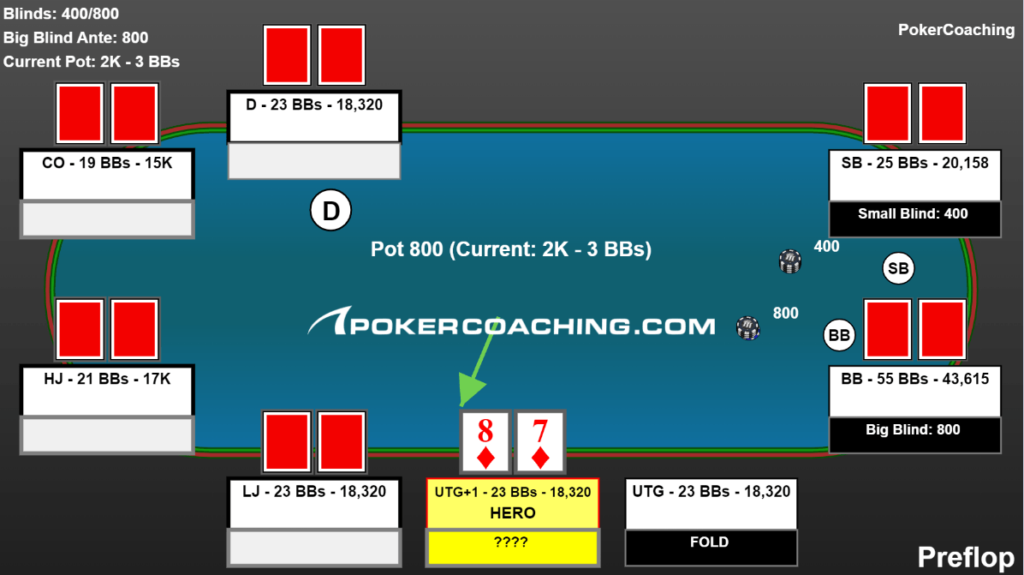
22 big blinds effective, you have 8♦-7♦ in early position. Suited connectors can flop quite well, so what decision do you make in this spot?
Although suited connectors like 8♦-7♦ have a lot of upside, if one of the short stacks yet to act moves all-in, 8♦-7♦ is not strong enough to call off with. If you are just going to fold to a shove, you might as well just fold in early position and save those valuable chips for another hand.
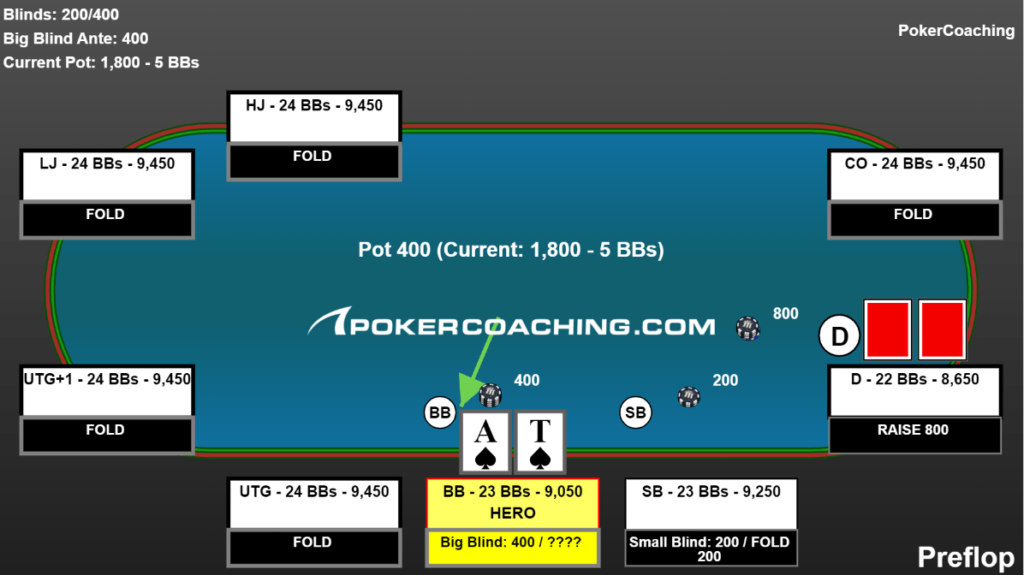
After being folded to, your opponent on the button min-raises with roughly the same stack size as you. Following a fold from the small blind, you have a decision to make with A♠-10♠. What do you do?
Even though you have over 20 big blinds effective, this is a slam dunk shove. Most micro stakes players will do whatever they can to see a flop when they have the suited ace. Even though you have nut flush potential, the value of scooping valuable chips without having to make your flush incentivizes you to move all-in preflop.
Raising from the button, your opponent likely has too wide of a range, exploit their loose raises by shoving with hands that still have the potential of winning if your shove gets called.
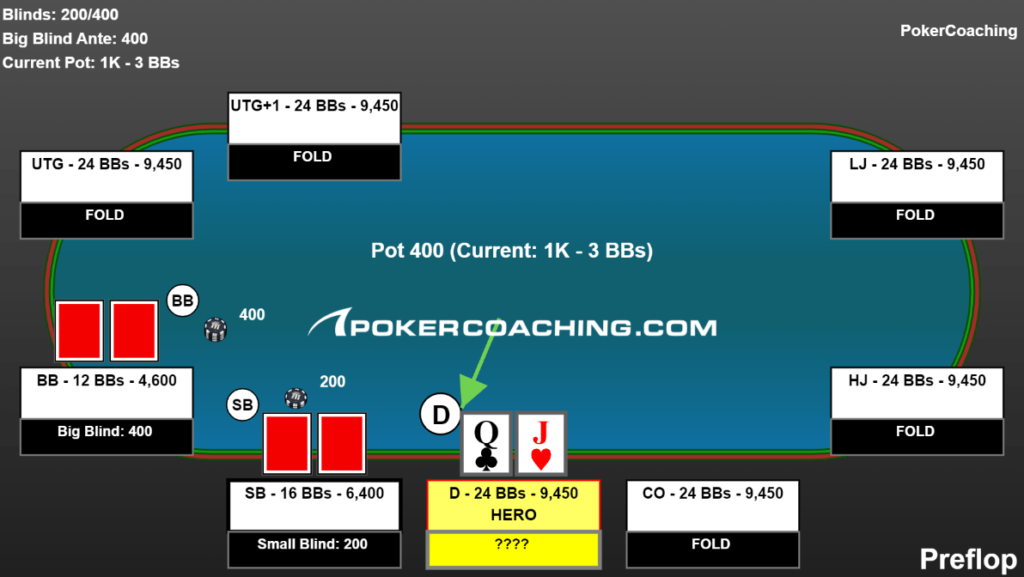
For the last hand of this article, it folds around to you with Q♣-J♥ on the button with two short stack in the small blind. Much like in previous hands we have reviewed, you would much rather force your opponents all-in rather than have them move all-in in response to your raise.
Especially if you are nearing the money bubble, look for opportunities where you can apply pressure to your opponents when you have the bigger stack. While your opponents will wake up with better hands sometimes, more often than not you will force them to fold and will then scoop valuable chips.
Conclusion
Limiting the mistakes you make preflop helps you avoid even costlier mistakes on the flop, turn, and river. Especially at the micro stakes, having sound fundamentals gives you a natural edge of the player population. For players willing to apply themselves, micro stakes can be a great starting point to grow a bankroll. In my next article in this series, we will cover playing the flop, and the strategies you should consider implementing to crush the micro stakes.
